A new study by economists from West Virginia University (WVU) has found hot spots of harmful per- and polyfluoroalkyl substances (PFAS) “forever chemicals” in United States public water systems, including in higher-income, densely populated areas, as well as those that use groundwater.
At least four PFAS contamination hot spots were identified in the eastern U.S. by Levan Elbakidze, a resource economics and management professor at WVU’s Davis College of Agriculture and Natural Resources, and Nabin Khanal, a doctoral student, a press release from WVU said.
The hot spots identified cover 10 states and 149 counties. The hot spot with the greatest number of counties spans across Alabama, Georgia and Tennessee. A second spans New Jersey, Pennsylvania, New York, Delaware and Connecticut. The third largest hot spot sits on the border of North Carolina and South Carolina, and the smallest is in Colorado.
“Ninety-five percent of US adolescents and adults are exposed to PFAS, primarily through drinking water. Between 16 and 270 million people in the US rely on PFAS-contaminated drinking water. Therefore, it is important to understand the incidence and distribution of PFAS in public water systems,” the authors wrote in the study.
There are more than 9,000 PFAS, a group of synthetic chemicals known to cause serious health issues like heart and thyroid disease, cancer and infertility. The hazardous substances are found in many common products such as nonstick cookware, waterproof clothing and firefighting foam. They are also used in industrial processes because of their resistance to heat, water, grease and stains.



 Your new post is loading...
Your new post is loading...

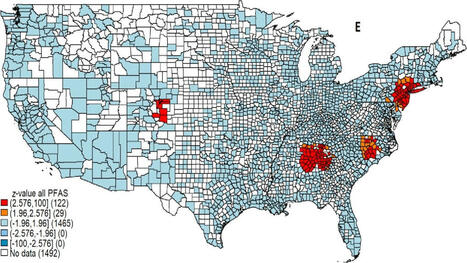

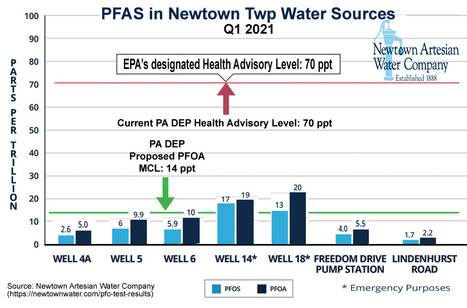





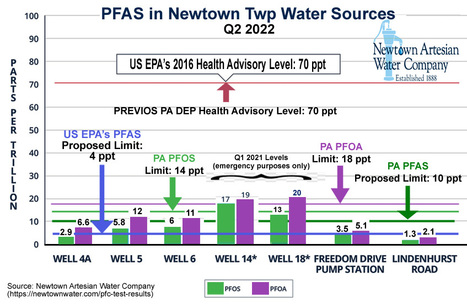
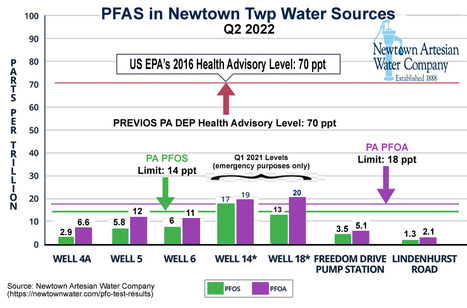

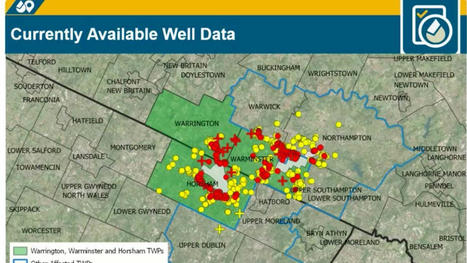
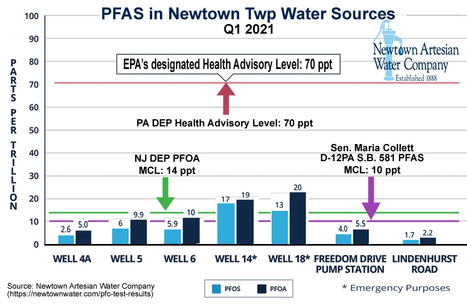
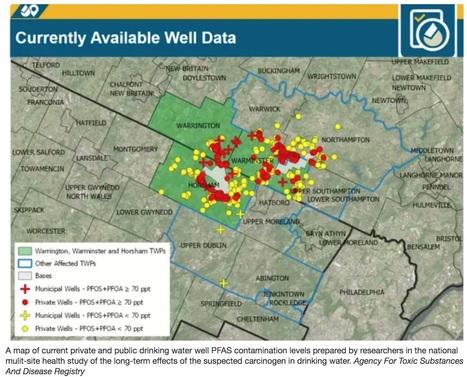

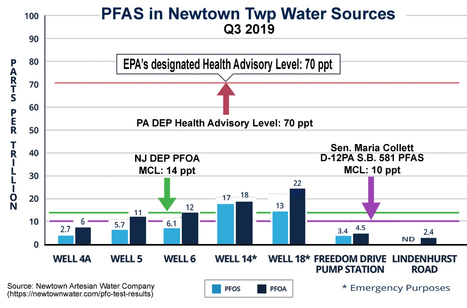


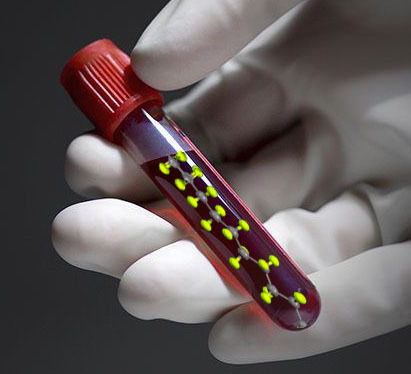
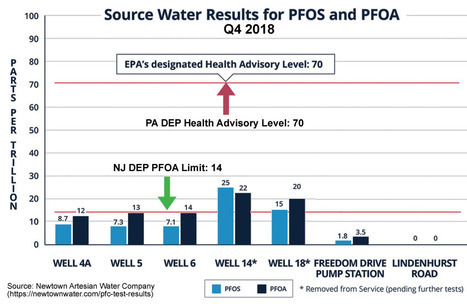






Related Content: